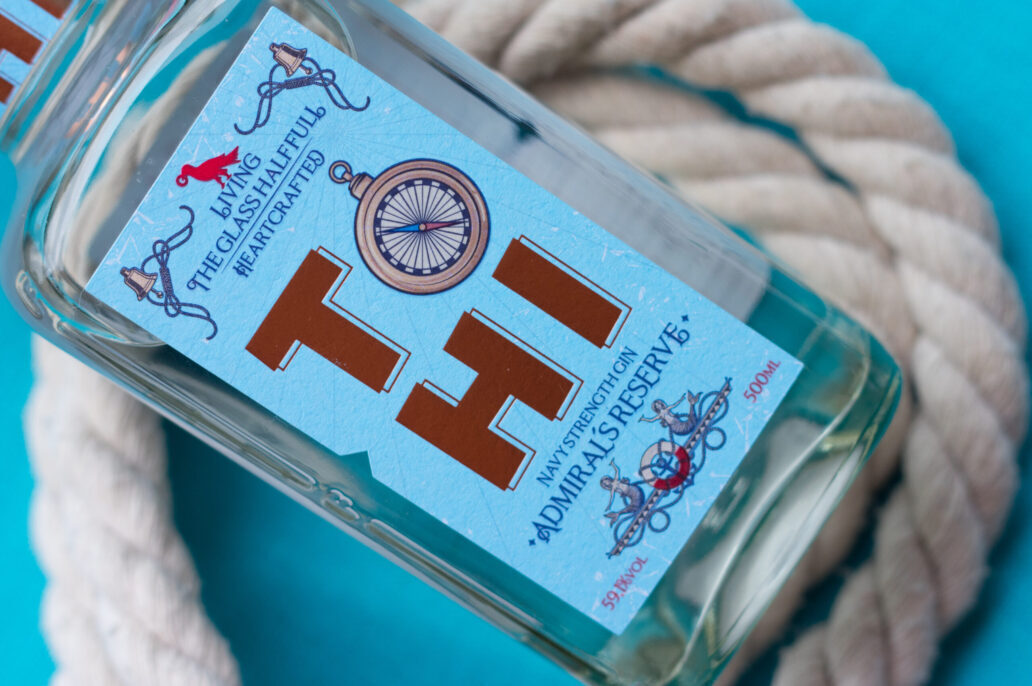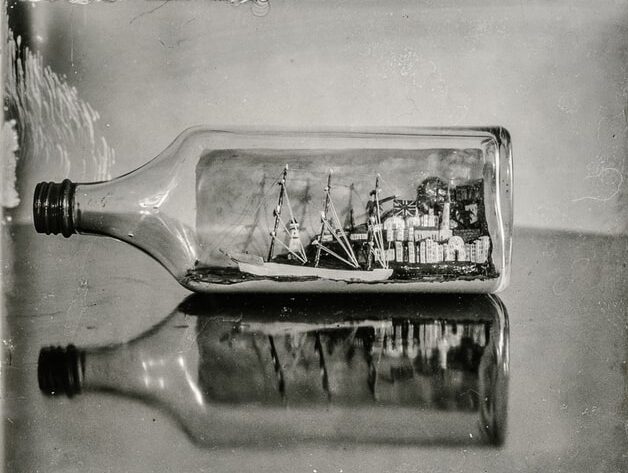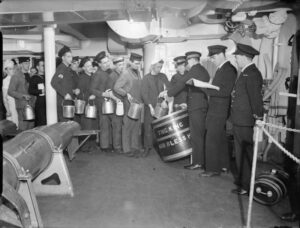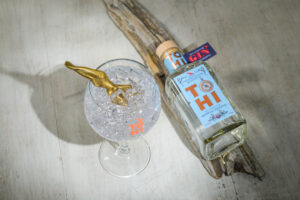
Gin has always been considered a “strong spirit”, with the official minimum alcohol content for gin being 38% vol, even today. The stronger the distilled gin, the more nuanced it usually is. In the diverse world of gin, there are several rules that gin must adhere to and guidelines to help consumers navigate through the colorful array of options.
But what about the famous type of gin known as Navy Strength? What does it have to do with the seas and the navy? Is it just another marketing trick, or is there some truth to it?
History of Navy Strength Gin
In fact, the historical importance of the navy in the history of gin is well-documented. Documents clearly show that the British Royal Navy was a significant purchaser of gin and other spirits. Alcohol has been a companion on sea voyages for centuries, used both to ward off diseases and seasickness. Furthermore, the first distilleries were often located in port cities, where clean water and various spices were readily available. These cities were frequently visited by officers and other sailors from ships, whether it be London, Rotterdam, Le Havre, or even cities on distant continents. Sailors would buy gin and other drinks for personal consumption as well as for official wholesale purchases, which they would then trade back home. Of course, some of it was also consumed during long sea voyages.


The Royal Navy involved in gin export!
But beyond the “export” of gin, the British Royal Navy made another important contribution that has been etched into the history of gin forever. Before the invention of hydrometers, measuring the strength of alcohol was not straightforward. That’s why sailors came up with a simple way to check if the alcohol was of good quality and not diluted with water. They would take a small amount of gin from a merchant, mix it with gunpowder to form a paste, and then ignite it. If the gin and gunpowder mixture ignited, it was considered good quality and contained a sufficient amount of alcohol. If it didn’t ignite, the deal was off. Thus, Navy Strength Gin was born, and after the invention of alcohol meters, the system and measurement became more accurate. However, the category of gin with navy strength, which today has a minimum alcohol content of 57% vol, remained. The term “navy strength gin” was officially established in the 1990s with the support of consultants from Plymouth Gin. Marketing should never be underestimated! The new term neatly summarized the history of strong gin in the United Kingdom, and so the navy strength subcategory was born.
The best Estonian Navy Strength Gin category answer

At Tohi Distillery, Priit, our master distiller, has always been fond of bold flavors and experimentation. At the same time, he values the traditional way of making the best gin and respects tradition. Therefore, navy strength gin was a logical addition to Tohi’ s gin collection. For this gin, he selected a total of 12 of the finest spices from various coastlines around the world. Juniper berries, coriander, dried citrus peels, cardamom, cassia, angelica root, and many other spices mixed with the best organic Estonian spirit. The result is a gin with a robust flavor and a dry style of distillation.
With a strength of 59.1% vol, coincidentally the coordinates of Kohila, Estonia where Tohi Distillery is located.
It’s worth trying specific gin cocktails with Navy Strength Gin, as the flavor profile is a true experience. For example, a Gin Gimlet or Gin Sour.
